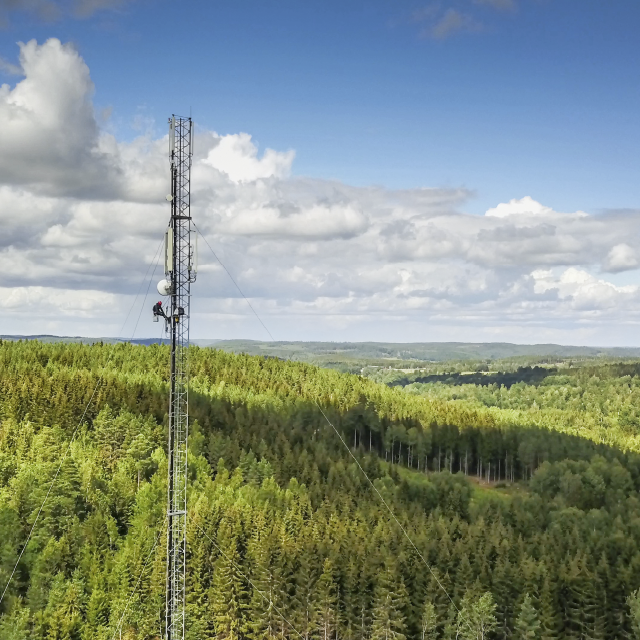
Release the full potential
A new reality for smart metering
Gone are the days of using smart metering systems just for billing purposes. Today, smart metering systems offer various services valuable to both utility and end user.
These services have changed the requirements for how data is extracted from the meters, and also the technological requirements for these systems. Now, robustness and reliability are essential to ensure data quality and to support the increasing meter population.
With the expected evolution of connected devices, the wireless communication for collecting smart meter data should be carefully designed - so it matches both today's and future needs.
Utilities can make use of a vast array of options when designing a smart metering infrastructure. But as no solution fits all needs, they each represent a trade-off between desired features and undesired consequences.
Download the white paper and learn about the pros and cons of some the most suitable methods for designing the smart metering infrastructure of tomorrow.
Connectivity in the Internet of Things (IoT)
Today, various objects in our daily life are connected to the Internet; the IoT paradigm has become a reality. Smart metering is often seen as a driving force in realising the IoT, but how does the development within smart metering match the development within IoT and wireless communication in general?
This is an important question, as the IoT brings entirely new challenges for the realms of connectivity and communication technology. Download the white paper and learn more.


The potential of data analytics
Utilities not only deliver a resource, they deliver a variety of services all based on the data collected from the meters in the field. With detailed analytics, utilities can use data to reduce production and distribution costs, enhance customer service and provide consultancy help for energy optimisation. However, detailed data requires robust and reliable communication, which is an important consideration when designing and developing a smart metering system. Learn more about this in the white paper.





